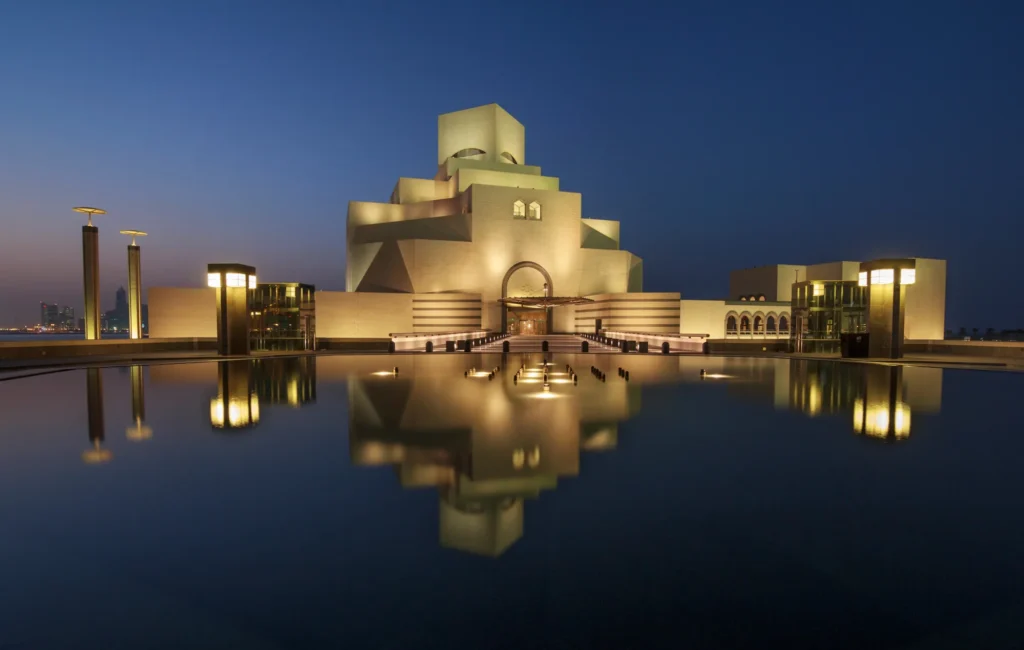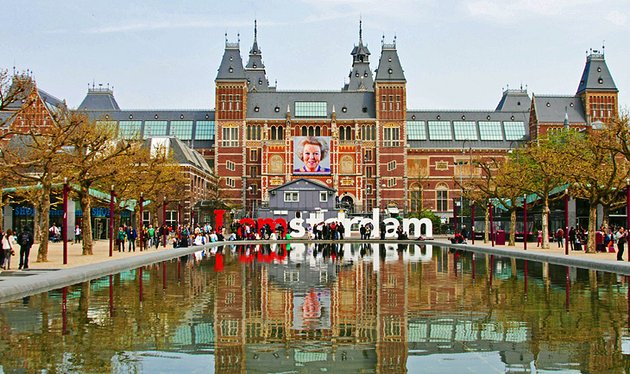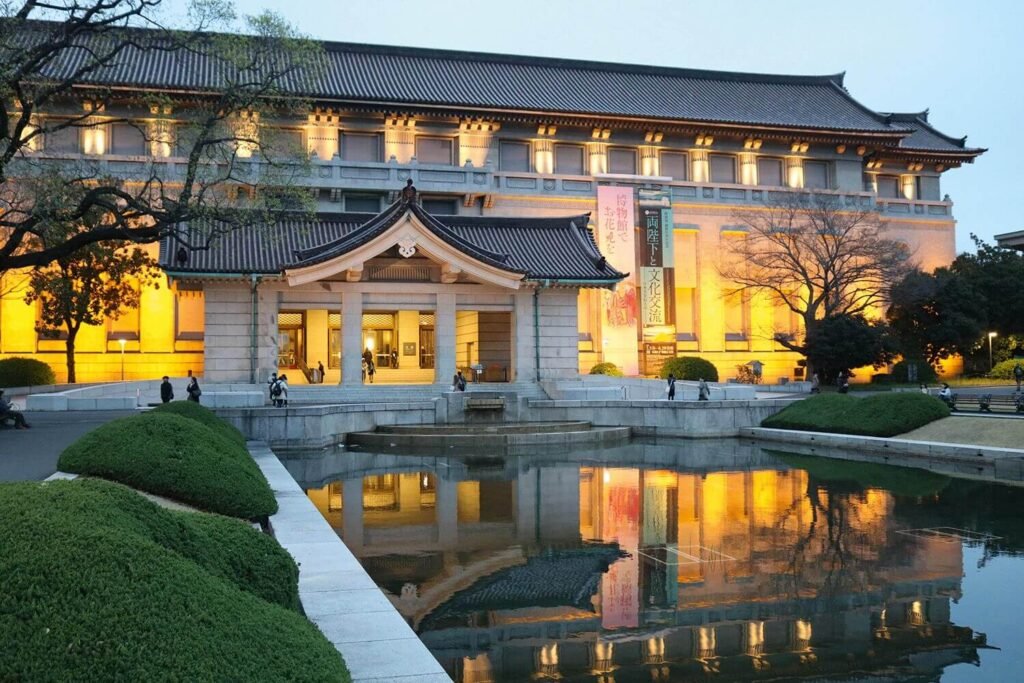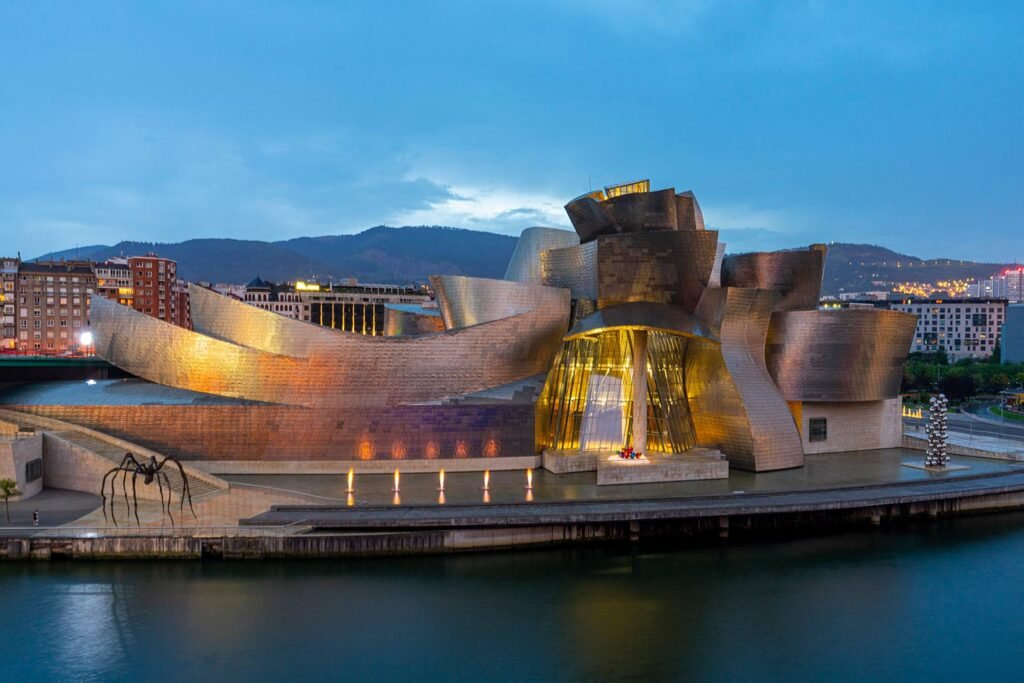Museums are more than just buildings filled with artifacts—they are cultural treasure troves that tell the stories of civilizations, inspire curiosity, and preserve the wonders of human achievement. Whether you’re an art lover mesmerized by masterpieces, a history enthusiast seeking to unravel the past, or a science buff eager to explore groundbreaking discoveries, the world’s greatest museums offer something for everyone.
From the majestic Louvre Museum in Paris, home to the Mona Lisa, to the sprawling Smithsonian Institution in Washington, D.C., with its vast collection of American history and scientific marvels, museums around the world provide a deeper understanding of our shared heritage. Some showcase ancient artifacts, like the British Museum in London, while others focus on modern innovation, like the Museum of the Future in Dubai. Whether you’re walking through the grand halls of the Metropolitan Museum of Art in New York or admiring the architectural beauty of the Guggenheim Museum in Bilbao, each museum offers a unique and immersive experience.
Beyond traditional art and history museums, there are also specialty museums that cater to niche interests, such as the Van Gogh Museum in Amsterdam, which celebrates the life and works of the legendary artist, or the National Museum of Anthropology in Mexico City, which dives deep into the rich and diverse cultures of Mexico’s indigenous civilizations. Meanwhile, science and technology enthusiasts can explore interactive exhibits at institutions like the Exploratorium in San Francisco or the Deutsches Museum in Munich, the world’s largest museum dedicated to science and technology.
One of the most breathtaking cultural landmarks in the Middle East, the Museum of Islamic Art (MIA) in Doha, Qatar, is a true architectural and artistic gem. Designed by world-renowned architect I.M. Pei, the museum is a striking blend of traditional Islamic influences and modern design, situated on its own island along Doha’s Corniche. With its geometric structure and pristine limestone façade, the museum appears to float above the waters of the Arabian Gulf, offering stunning panoramic views of Doha’s skyline.
Inside, the museum houses one of the most comprehensive collections of Islamic art, spanning over 1,400 years and originating from three continents—Asia, Africa, and Europe. The collection includes priceless artifacts from the 7th to the 19th centuries, showcasing the incredible diversity and craftsmanship of Islamic civilizations.
A true treasure trove of Dutch art and history, the Rijksmuseum in Amsterdam is one of the most prestigious and visited museums in the world. Founded in 1800, the museum is housed in a breathtaking Neo-Gothic building designed by architect Pierre Cuypers, featuring intricate brickwork, stained glass windows, and grand archways. It stands as a symbol of the Netherlands’ artistic and cultural legacy, attracting millions of visitors each year.
The Rijksmuseum is home to an unparalleled collection of masterpieces by some of the most celebrated Dutch artists, including Rembrandt van Rijn, Johannes Vermeer, Frans Hals, and Vincent van Gogh. One of its most prized works is Rembrandt’s “The Night Watch”, a monumental painting that captures the dynamism and skill of the Dutch Golden Age. The museum also houses Vermeer’s serene and delicate interiors, such as The Milkmaid and Woman Reading a Letter, as well as Van Gogh’s expressive self-portraits.
As Japan’s oldest and most prestigious museum, the Tokyo National Museum (TNM) is a treasure trove of the country’s history, art, and cultural evolution. Established in 1872, it is located in Ueno Park, Tokyo, and comprises multiple buildings that house one of the most comprehensive collections of Japanese artifacts in the world. With over 120,000 pieces, including national treasures and important cultural properties, the museum offers visitors a deep dive into Japan’s past, from ancient times to the modern era.
The museum’s collection spans thousands of years, showcasing the artistry and craftsmanship of different historical periods. Some of its most remarkable exhibits include:
- Samurai Swords & Armor – The museum houses an exceptional collection of katana (samurai swords), intricately designed armor, and weaponry from Japan’s feudal era. These exhibits highlight the skill of Japanese swordsmiths and the warrior culture of the samurai.
Located in the heart of Bilbao, Spain, the Guggenheim Museum stands as one of the most iconic symbols of contemporary art and modern architecture. Designed by the celebrated architect Frank Gehry, the museum opened in 1997 and quickly became a global architectural landmark. The building itself is as much of an artwork as the pieces it houses, with its organic, flowing curves and innovative titanium, glass, and limestone exterior that seemingly defy conventional design. The Guggenheim Museum Bilbao revolutionized the city and played a pivotal role in the urban revitalization of Bilbao, transforming it from an industrial center to a cultural hotspot.
The Guggenheim Museum Bilbao is often regarded as one of the most important buildings of the 20th century due to its groundbreaking design. Gehry’s unique vision is expressed through curvaceous forms, titanium-clad curves, and asymmetrical shapes that reflect the surrounding river and landscape.











